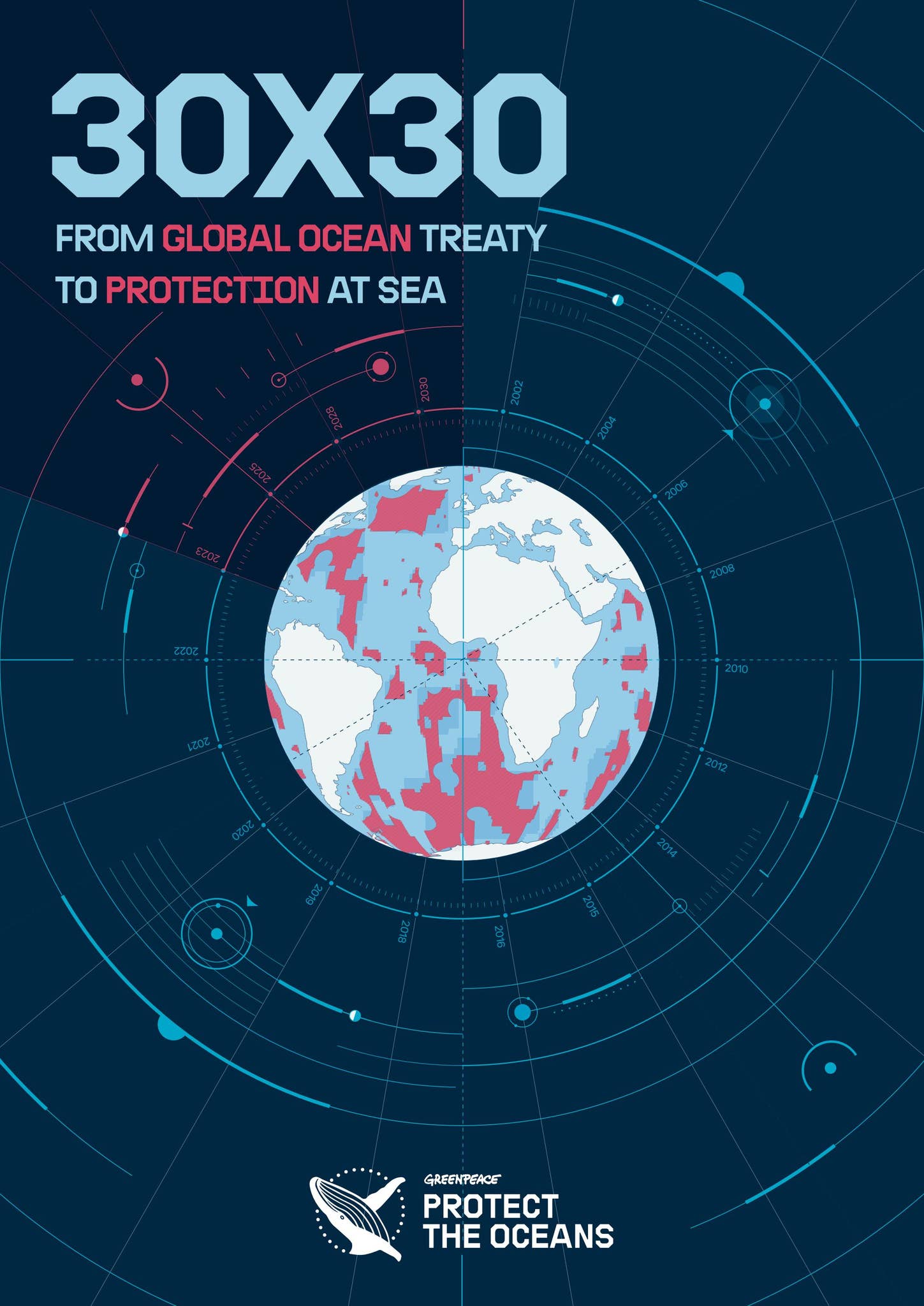The race to save our oceans could sink us without rules – ScienceDaily

Report on Governance for Ocean-Based Climate Interventions and the Sustainable Development Goals
1.0 Introduction: The Urgent Need for Marine Climate Action
A recent study published in Science reports that escalating climate change impacts, including coral bleaching, rising sea levels, and marine biodiversity loss, are prompting an acceleration in the development and deployment of ocean-based climate interventions. These actions are critical for achieving Sustainable Development Goal 13 (Climate Action) and Sustainable Development Goal 14 (Life Below Water). The interventions under review include a range of novel approaches:
- Reducing ocean acidity to enhance carbon dioxide absorption.
- Breeding climate-resilient corals capable of surviving in warmer waters.
- Farming seaweed for large-scale carbon capture.
- Restoring mangrove ecosystems for coastal protection and natural carbon storage.
2.0 The Governance Deficit and Risks to Sustainable Development
The research, led by Professor Tiffany Morrison of the University of Melbourne, identifies a significant governance deficit where the pace of technological innovation and deployment is outstripping regulatory and monitoring capabilities. This gap poses substantial risks to the achievement of the SDGs.
2.1 Key Risks Identified
- Ineffective or Harmful Outcomes: Without robust oversight, interventions could fail to produce desired results or cause unintended ecological damage, undermining SDG 14.
- Inequitable Implementation: A lack of inclusive governance risks marginalizing local and Indigenous communities, contradicting the principles of SDG 10 (Reduced Inequalities) and SDG 16 (Peace, Justice and Strong Institutions).
- Unregulated Funding: Significant philanthropic and private funding, including a US$250 million announcement at COP28, is accelerating deployment without a corresponding framework for accountability, potentially leading to poorly vetted projects.
3.0 A Proposed Framework: Responsible Marine Transformation
To address these challenges, the researchers advocate for a governance approach termed “responsible marine transformation.” This framework is designed to ensure that ocean interventions are sustainable, equitable, and adaptable, aligning directly with the holistic vision of the 2030 Agenda for Sustainable Development.
3.1 Core Principles of the Framework
- Rigorous Comparative Assessment: Conduct comprehensive studies to evaluate the climate benefits, risks, scalability, and long-term viability of all interventions.
- Stakeholder Engagement and Equity: Prioritize collaboration with Indigenous peoples and local stakeholders from the project outset, ensuring their knowledge, values, and rights are integral to design and implementation. This directly supports SDG 10 and SDG 17 (Partnerships for the Goals).
- Development of Bioethical Protocols: Establish and apply clear bioethical guidelines that address animal welfare as well as the broader ecological and societal implications of large-scale deployment.
- Alignment with Global Goals: Ensure that adaptation interventions are synergistic with broader climate mitigation objectives and contribute positively to multiple SDGs.
4.0 Conclusion: Integrating the SDGs into Ocean Governance
The report concludes that the success of marine climate interventions is contingent upon the adoption of a governance model deeply rooted in the principles of the Sustainable Development Goals. Without such a framework, even well-intentioned actions risk becoming maladaptive. Achieving a sustainable future for marine ecosystems requires a multi-stakeholder commitment, as highlighted in SDG 17, uniting scientists, governments, industry, and communities under a common framework of responsibility, equity, and rigorous oversight.
1. Which SDGs are addressed or connected to the issues highlighted in the article?
- SDG 10: Reduced Inequalities
- SDG 13: Climate Action
- SDG 14: Life Below Water
- SDG 17: Partnerships for the Goals
2. What specific targets under those SDGs can be identified based on the article’s content?
-
SDG 13: Climate Action
- Target 13.1: Strengthen resilience and adaptive capacity to climate-related hazards and natural disasters in all countries. The article discusses interventions aimed at enhancing the ocean’s resilience, such as “breeding climate-resilient corals that can survive warmer waters” and “restoring mangroves to protect coastlines.”
- Target 13.2: Integrate climate change measures into national policies, strategies and planning. The research calls for “robust governance” and regulation to manage climate interventions, highlighting the need to integrate these new actions into broader climate mitigation goals and policies.
-
SDG 14: Life Below Water
- Target 14.2: By 2020, sustainably manage and protect marine and coastal ecosystems to avoid significant adverse impacts, including by strengthening their resilience, and take action for their restoration in order to achieve healthy and productive oceans. This is a central theme, with the article explicitly mentioning efforts to address “coral bleaching,” “biodiversity loss,” and the need to “restore mangroves” and breed “climate-resilient corals.”
- Target 14.3: Minimize and address the impacts of ocean acidification, including through enhanced scientific cooperation at all levels. The article directly refers to interventions designed to “make the ocean less acidic to absorb more carbon dioxide.”
- Target 14.a: Increase scientific knowledge, develop research capacity and transfer marine technology. The entire article is based on a new scientific study and calls for “rigorous, comparative studies to assess the climate benefits and risks of interventions.” It discusses the development of novel interventions which represents a transfer of marine technology.
-
SDG 10: Reduced Inequalities
- Target 10.2: By 2030, empower and promote the social, economic and political inclusion of all. The article warns against implementing “inequitable” solutions and strongly advocates for engaging communities by “collaborating with Indigenous peoples and local stakeholders from the outset, ensuring their knowledge, values, and rights shape intervention design and implementation.”
-
SDG 17: Partnerships for the Goals
- Target 17.16: Enhance the global partnership for sustainable development, complemented by multi-stakeholder partnerships that mobilize and share knowledge, expertise, technology and financial resources. The article highlights the collaborative nature of the research, involving multiple universities and research institutes. It also mentions the “global Ocean Resilience and Climate Alliance” and funding from philanthropists as examples of such partnerships.
- Target 17.17: Encourage and promote effective public, public-private and civil society partnerships. The article points to the role of “private and nonprofit funding” and the need to collaborate with “Indigenous peoples and local stakeholders,” which are key examples of civil society partnerships.
3. Are there any indicators mentioned or implied in the article that can be used to measure progress towards the identified targets?
-
SDG 13: Climate Action & SDG 14: Life Below Water
- Implied Indicator: Amount of carbon captured or stored. This can be measured through interventions like “farming seaweed to capture carbon” and “restoring mangroves to protect coastlines and naturally store carbon.”
- Implied Indicator: Area of restored or resilient ecosystems. Progress can be measured by the area of restored mangroves and the survival rates of “climate-resilient corals.”
- Implied Indicator: Change in ocean chemistry. The effectiveness of efforts to “make the ocean less acidic” can be measured by monitoring changes in ocean pH levels.
-
SDG 10: Reduced Inequalities
- Implied Indicator: Level of stakeholder inclusion in project governance. Progress can be measured by the number of projects that are co-designed and implemented in collaboration with “Indigenous peoples and local stakeholders,” ensuring their rights and values are incorporated.
-
SDG 17: Partnerships for the Goals
- Mentioned Indicator: Financial resources mobilized for ocean-related climate action. The article provides specific figures, such as “$160 million” allocated by philanthropists in 2020 and “US$250 million announced at COP28 in 2023,” which can be used to track financial commitments.
- Mentioned Indicator: Number and diversity of partners in alliances. The article lists a variety of collaborators including universities, research institutes, and funding bodies, indicating the formation of multi-stakeholder partnerships like the “global Ocean Resilience and Climate Alliance.”
4. SDGs, Targets and Indicators Table
| SDGs | Targets | Indicators |
|---|---|---|
| SDG 13: Climate Action | 13.1: Strengthen resilience and adaptive capacity to climate-related hazards. 13.2: Integrate climate change measures into policies. |
Survival rate of climate-resilient corals; Area of restored mangroves for coastline protection; Existence of robust governance frameworks for interventions. |
| SDG 14: Life Below Water | 14.2: Protect and restore marine and coastal ecosystems. 14.3: Minimize and address ocean acidification. 14.a: Increase scientific knowledge and research capacity. |
Amount of carbon captured by seaweed and mangroves; Change in ocean pH levels; Number of scientific studies and new interventions developed. |
| SDG 10: Reduced Inequalities | 10.2: Empower and promote the social, economic and political inclusion of all. | Number of projects co-designed with Indigenous peoples and local stakeholders; Inclusion of equity and social co-benefits in governance protocols. |
| SDG 17: Partnerships for the Goals | 17.16: Enhance the global partnership for sustainable development. 17.17: Encourage effective public, public-private and civil society partnerships. |
Financial resources mobilized (e.g., “$160 million,” “$250 million”); Number and diversity of partners in alliances (universities, research institutes, philanthropists). |
Source: sciencedaily.com

What is Your Reaction?
 Like
0
Like
0
 Dislike
0
Dislike
0
 Love
0
Love
0
 Funny
0
Funny
0
 Angry
0
Angry
0
 Sad
0
Sad
0
 Wow
0
Wow
0



























;Resize=805#)









































;Resize=620#)








